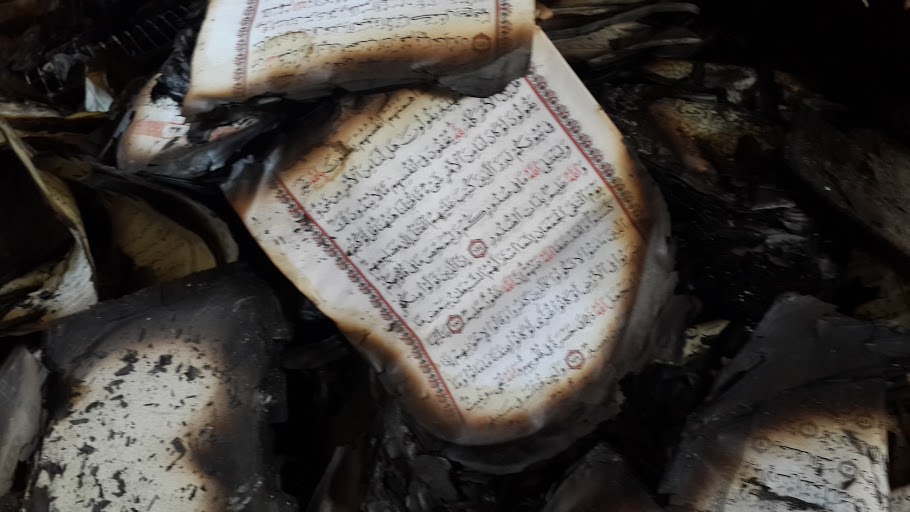Tag: Ramallah
-
VIDEO: Children assaulted and 3 women arrested at Nabi Saleh demonstration
21st March 2015 | International Solidarity Movement, Ramallah Team | Nabi Saleh, Occupied Palestine Israeli forces arrested three women in Nabi Saleh and injured several protesters, one with live ammunition, during the village’s weekly Friday protest on March 13. The demonstration was met with the usual military violence as Israeli forces threw stun grenades and fired live ammunition at unarmed and peaceful protesters. After…
-
Second mosque burnt in the West Bank this month
12th November 2014 | International Solidarity Movement, Ramallah Team | Mughayir, Occupied Palestine At 18:00 yesterday, the Israeli army closed the main entrance to Mughayir village until midnight. At midnight the army infiltrated the village and patrolled its empty streets for the next four hours. Sometime between 2:30-3:30 am, villagers noticed that the mosque was on fire. Failing to…
-
ISM activist shot in the head with rubber-coated steel bullet
2nd November 2014 | International Solidarity Movement | Ramallah, Occupied Palestine Today during a protest at Qalandia checkpoint, an Italian ISM volunteer was shot in the head with a rubber-coated steel bullet. The injury is just two centimetres above her left eye. Giulia, the ISMer, stated, “I was just standing on the side of a street, and…



